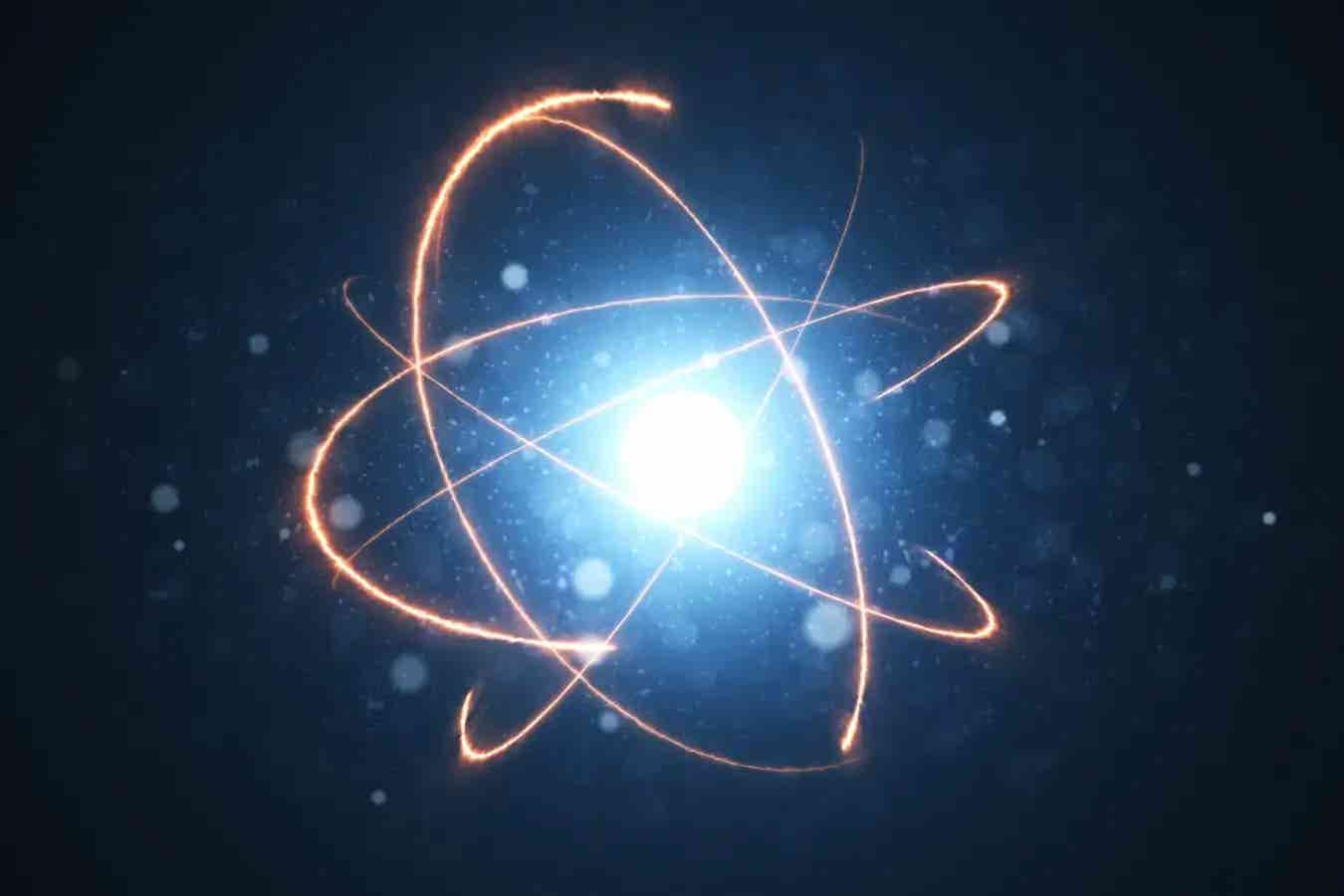Scientists discover elusive third type of quantum particle
Researchers suggest a new class of quantum particles, paraparticles, could exist, expanding beyond the known fermions and bosons.

Mathematical model hints at new quantum particles beyond fermions and bosons—paraparticles could reshape modern physics. (CREDIT: Getty Images)
In the strange and fascinating world of quantum mechanics, particles have long been sorted into just two types: fermions and bosons. These labels help explain how matter forms and how forces work. Fermions, like electrons and quarks, make up the atoms in everything around you.
They follow a strict rule that keeps them from piling into the same spot, a rule called the Pauli exclusion principle. That’s why your chair doesn’t let you fall through it when you sit down. On the flip side, bosons are more generous. They can share space freely, acting like invisible bridges that carry forces between particles.
But now, a bold new idea is challenging this tidy system. Scientists at Rice University in Texas believe there may be a third kind of particle—one that doesn’t follow the rules of fermions or bosons. They’ve developed a mathematical model showing how these unusual entities, called paraparticles, could exist in real materials without breaking the laws of physics.
Shaking Up the Particle Family Tree
"We determined that new types of particles we never knew of before are possible," says Kaden Hazzard, one of the researchers behind the study. Along with co-author Zhiyuan Wang, Hazzard used advanced math to explore this idea.
Their work, published in Nature, suggests that paraparticles might arise in special systems and act differently than anything scientists have seen before.
Their journey into this mystery started with a question: Are fermions and bosons really all there is? For decades, the answer seemed to be yes. Even when theorists invented models for paraparticles in the 1950s, deeper study in the 1970s seemed to show they were nothing new—just fermions or bosons wearing different masks.
Related Stories
Still, something didn’t quite add up. In certain two-dimensional systems, researchers had found strange particles called anyons that didn’t fit neatly into either category. These oddballs behave in ways that seem to defy the usual laws. But because they only exist in flat systems, they’ve been seen more as clever tricks of math than signs of new types of matter.
Hazzard and Wang wanted to know: Could something like anyons exist in our three-dimensional world?
A New Twist on an Old Equation
To answer that, they turned to a set of powerful mathematical tools, including something called the Yang-Baxter equation. This formula helps explain what happens when particles trade places. By applying it alongside theories like group theory and Lie algebra, the researchers crafted a new way to look at how particles behave.
Their fresh approach introduced what they called a “second step of quantization,” a method different from anything used before. It allowed them to model how collective actions in a material—tiny ripples or “excitations” that behave like particles—could act in bizarre new ways.
In their models, these excitations didn’t stick to the fermion or boson playbook. Instead, they showed behaviors that could only be explained if something new—paraparticles—was in the mix. The key difference? When paraparticles switch places, their internal traits also change. This swap creates strange, complex results that existing quantum theory can’t explain.
Not Just a Thought Experiment
While the idea of paraparticles still lives in math, the materials that inspired this research are very real. Hazzard and Wang based their work on condensed matter systems, like magnets, which are often used to study quantum effects. “Particles aren’t just these fundamental things,” says Hazzard. “They’re also important in describing materials.”
In the real world, many particles we think of as “elementary” may not be building blocks at all. They might just be useful ways to describe how parts of a system act together. This means paraparticles might not be locked away in some far-off theory. They could be hiding in plain sight, waiting to be uncovered in lab experiments.
Wang explains that this study brought together multiple branches of physics and mathematics to find something that had been missed for decades. “This is cross-disciplinary research,” he said. “It involves several areas of theoretical physics and mathematics.”
By combining abstract algebra and visual tools like tensor network diagrams, they built models that could point the way to finding paraparticles in real life. These ideas, once tested, could shift how scientists think about the smallest parts of nature.
Looking Toward a Quantum Future
There’s still a long way to go before paraparticles move from theory to reality. Hazzard and Wang know that experiments will need better, more practical designs to test these predictions. "To realize paraparticles in experiments, we need more realistic theoretical proposals," Wang says.
If paraparticles do exist, they could offer more than just a new chapter in physics textbooks. They might help solve big mysteries, like what dark matter is made of or how to unite quantum physics with the theory of gravity. These questions have puzzled scientists for decades.
In the short term, paraparticles could also lead to new ways to store and process information. Because their internal states change in unique ways, scientists might one day use them in quantum computers or in secure communication systems where information stays hidden inside the particles themselves.
These applications are still ideas on the horizon, but the possibilities are exciting. "I don’t know where it will go," says Hazzard, "but I know it will be exciting to find out."
This new research may not rewrite physics overnight. But it opens a door that had seemed shut for years. Fermions and bosons have ruled the quantum world for nearly a century. Now, paraparticles are knocking, and the rules may never be the same.
Note: The article above provided above by The Brighter Side of News.
Like these kind of feel good stories? Get The Brighter Side of News' newsletter.
Mac Oliveau
Science & Technology Writer | AI and Robotics Reporter
Mac Oliveau is a Los Angeles–based science and technology journalist for The Brighter Side of News, an online publication focused on uplifting, transformative stories from around the globe. Passionate about spotlighting groundbreaking discoveries and innovations, Mac covers a broad spectrum of topics—from medical breakthroughs and artificial intelligence to green tech and archeology. With a talent for making complex science clear and compelling, they connect readers to the advancements shaping a brighter, more hopeful future.



